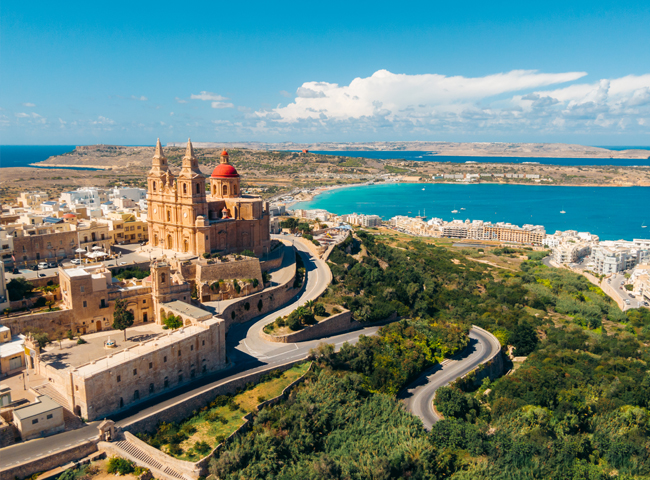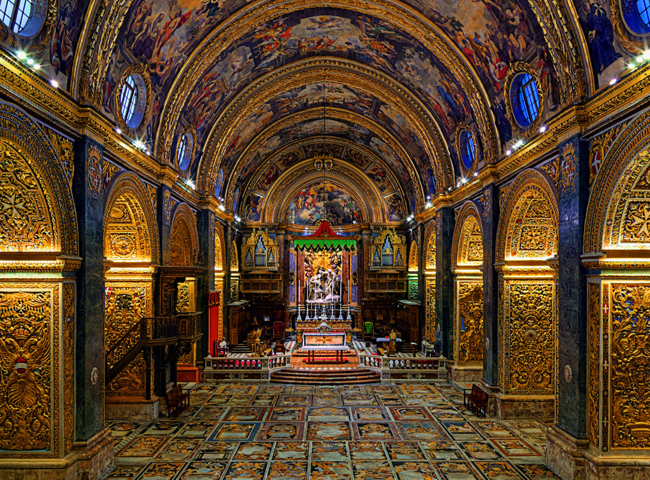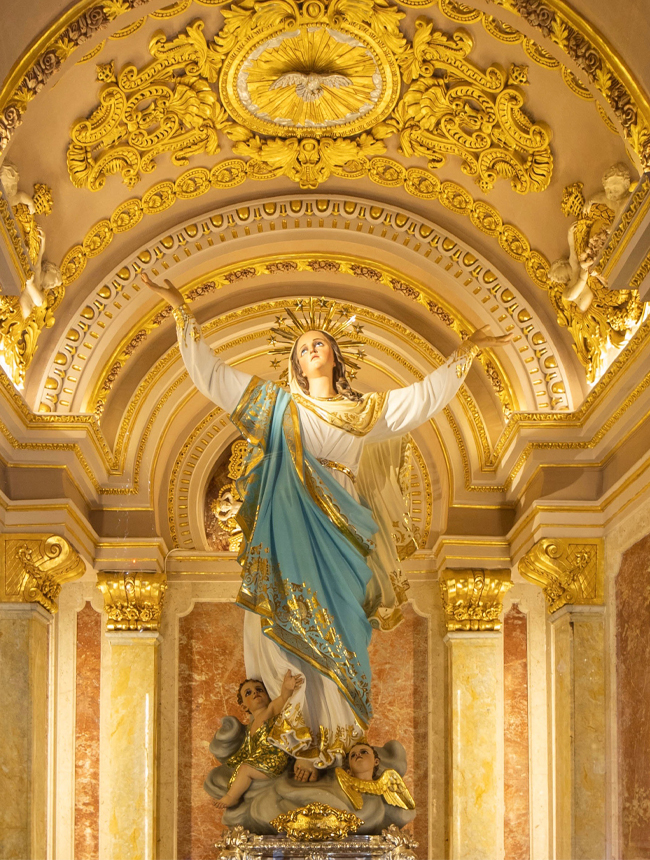Sponsored Content
Written by: Jean Pierre Fava Manager Faith Tourism Malta Tourism Authority, and Daniel Esparza, Writer, Aleteia
If it is true, like Augustine and other Christian philosophers claimed, that one can get a glimpse of God’s perfection by looking at the many beauties of creation, Malta could be a kind of amusement park for contemplatives: The archipelago offers exceptional sandy beaches, cliffs rising sharply from its pristine waters, impressive natural grottoes, and lush green valleys alike. It is a destination that ignites the soul and nourishes the spirit. Indeed, the Malta Tourism Authority also recommends various walks which do not necessarily have religious or spiritual roots, but are surely uplifting for the mind, body and soul.

But it is also true, as some claim, that Malta is one big church of sorts. But whereas there is a lot of truth to that, it is also the case that this one big church is surprisingly diverse. It is, if you will, a remarkable mosaic with more than 2,000 years in the making (Christianity in Malta is as ancient as in Ephesus, Rome, or Jerusalem itself), and every little tessera of the mosaic happens to be equally important, interesting, captivating. Pilgrims walking the Maltese and Gozitan trails will soon find themselves standing in front of an early medieval church, a magnificent Baroque cathedral, a paleo-Christian catacomb, or the places associated with St. Paul’s shipwreck in Malta, as told in the Book of Acts.
The Maltese and Gozitan countryside are thus generously dotted with seemingly countless ancient chapels. In fact, there is no other Christian land in Western Europe that can boast of such a great number of chapels per square kilometer.

Every settlement had at least one church – some of them built on top of ancient pagan temples. However, many other churches and chapels can be found standing alone in the open countryside. Several of these chapels now seem to be isolated because the villages associated with them were abandoned centuries ago, but other chapels were, and still are, purposely built in remote locations. All of these chapels, in their rustic simplicity, tell different stories. The same goes for the many impressive, solemnly majestic churches of Malta and Gozo. And now, there are trails that unite them all so that pilgrims in the archipelago can treasure Malta’s ecclesiastical, cultural, and spiritual heritage.
The Archdiocese of Malta’s Cultural Heritage Foundation has recently launched the Church Trails initiative. Various churches, their treasures and works of art have been restored and conserved, and trails have been created, through a project supported by the European Regional Development Fund.

Church Trails strengthens the position of already frequented churches and introduces less popular ones with tourists. Furthermore, these trails provide visitors with the opportunity to organize their own tour, but also explore alternative Marian and Pauline routes and sites, where one finds profound devotion to the Blessed Virgin Mary and St. Paul being fostered, preserved, and disseminated.
Also, the Gozo Ecclesiastical Heritage Trail is a remarkable journey, encompassing 13 distinct sites and initiatives dedicated to the conservation and preservation of churches, religious relics, and religious cultural heritage sites. The project even offers an online gateway, which provides insights into every location so pilgrims and tourists alike can plan their trip according to their own preferences. These sites also provide a unique opportunity to delve into the restoration and conservation efforts. It is a trail that unveils the rich tapestry of Gozo’s religious history, inviting one to witness the beauty and significance of these cherished sites.











